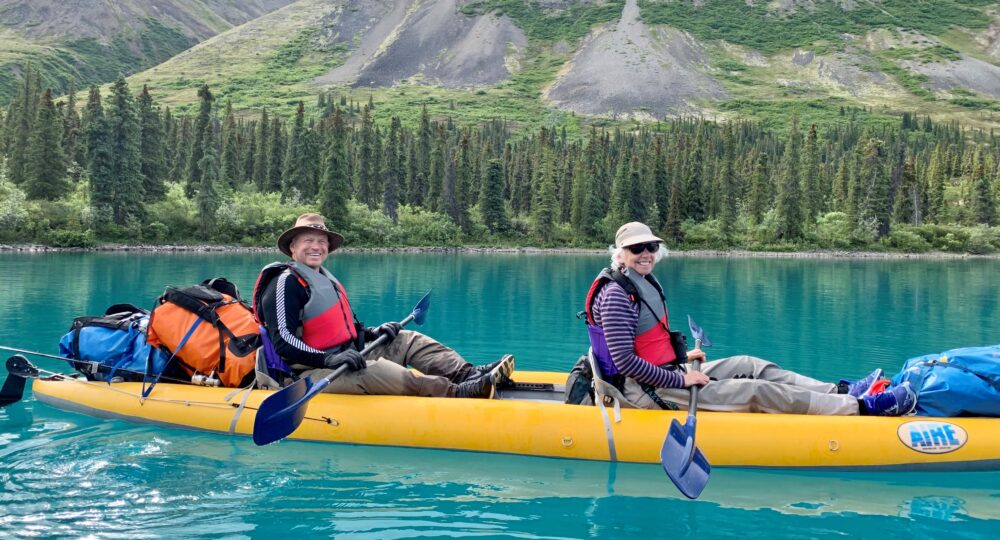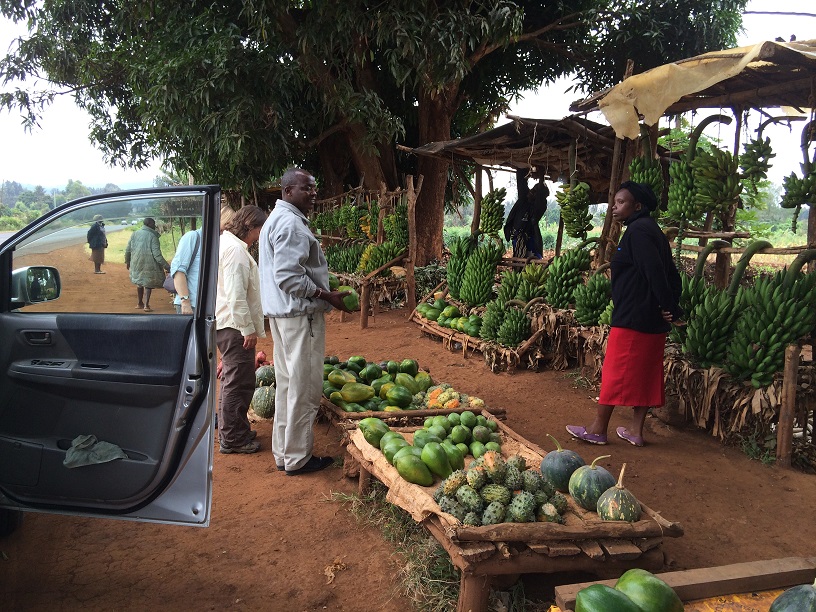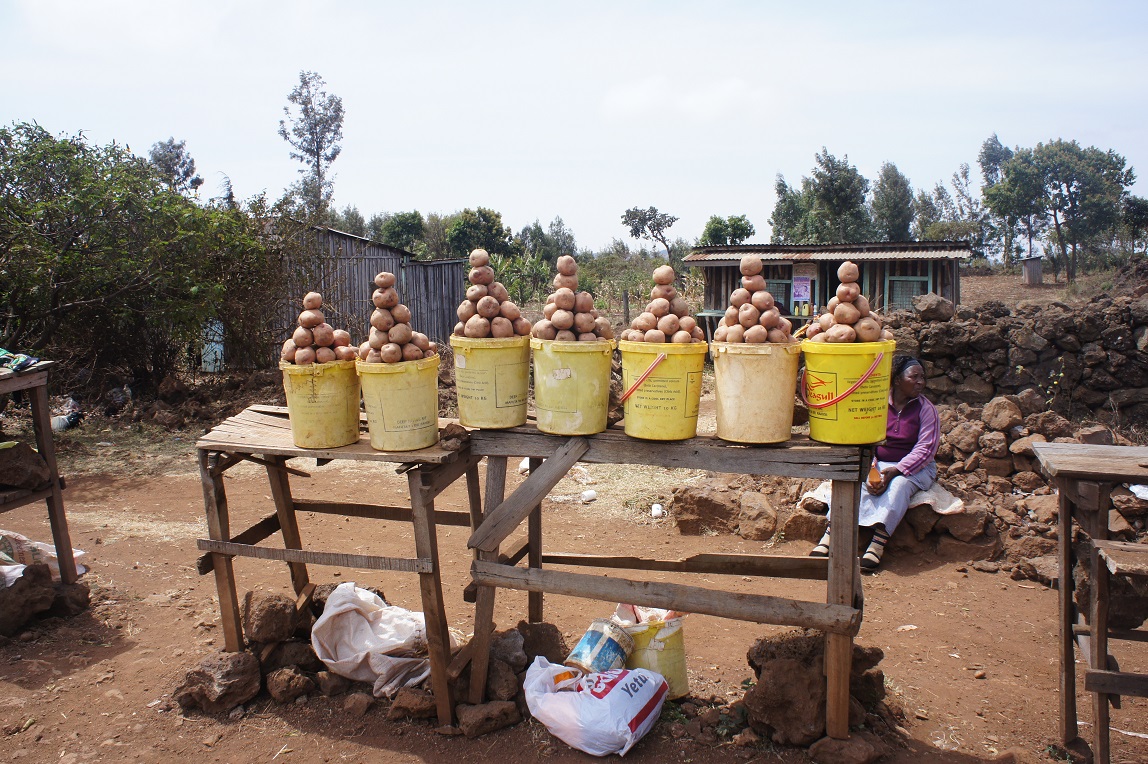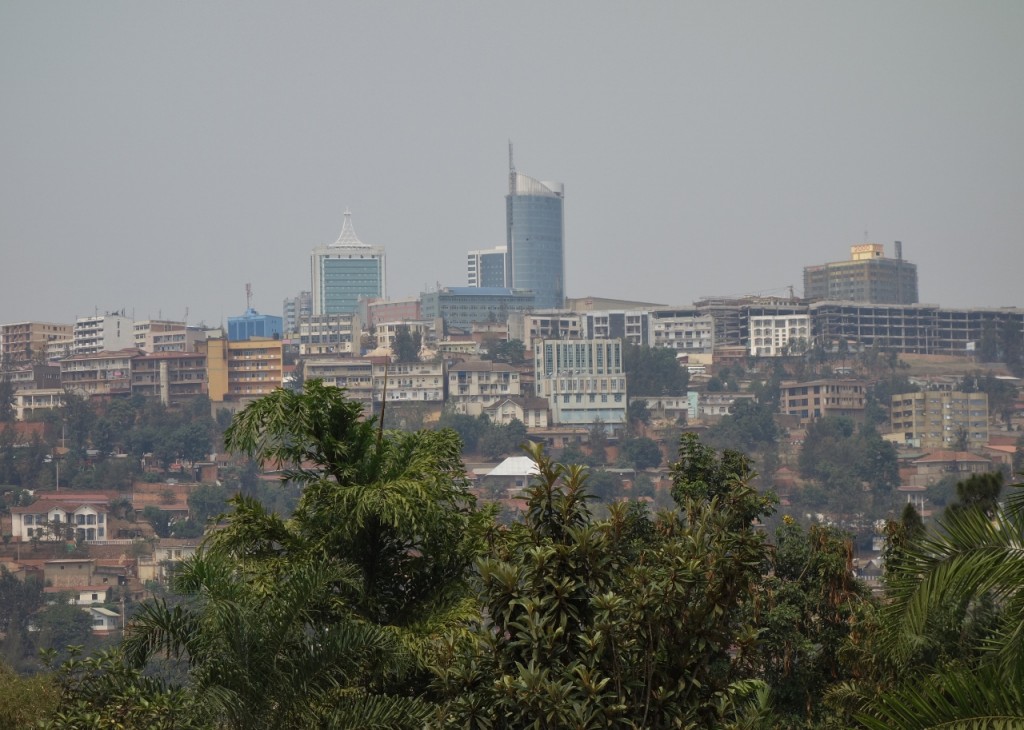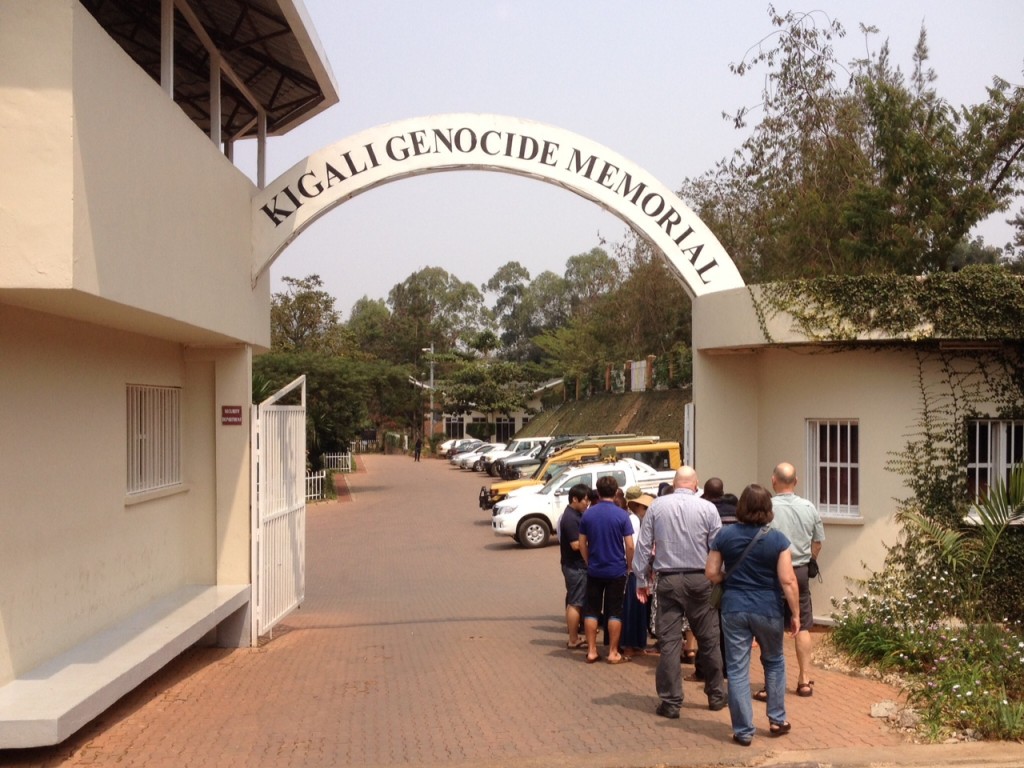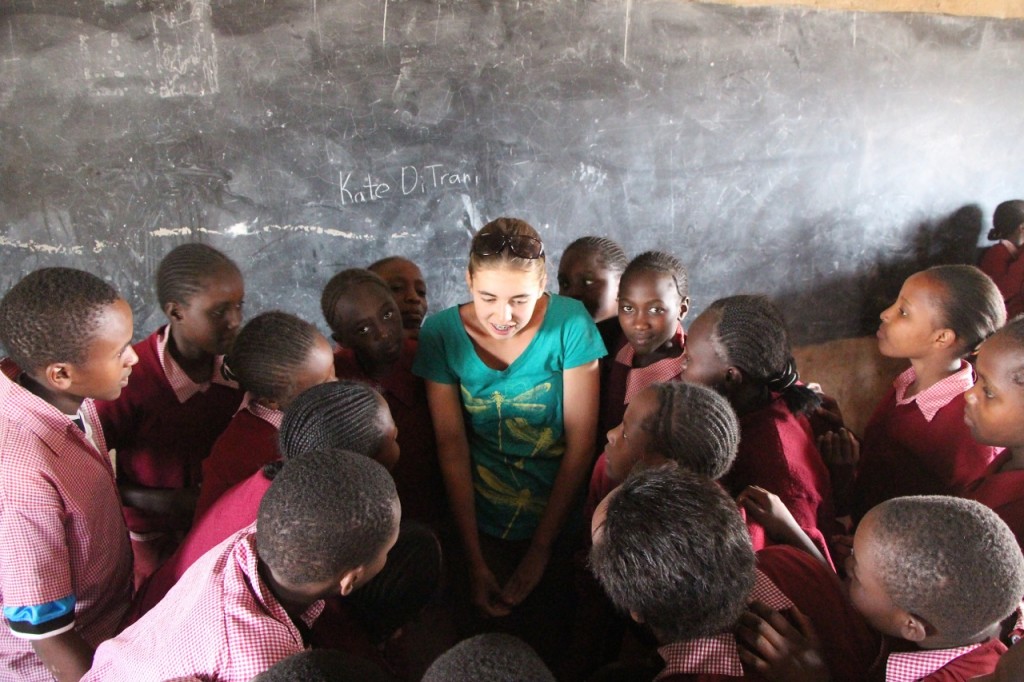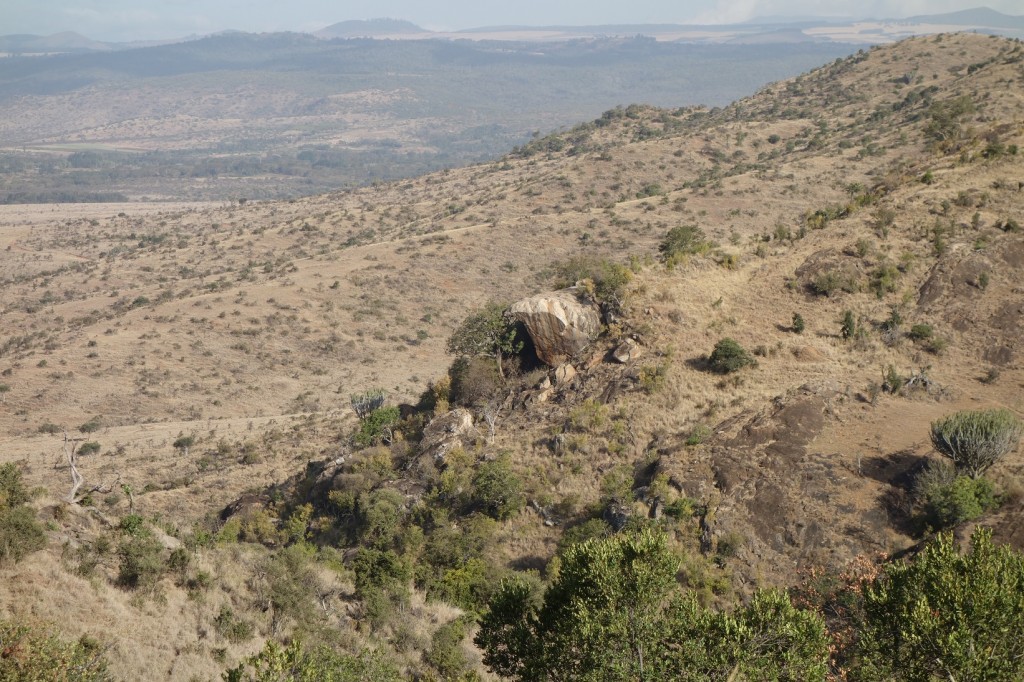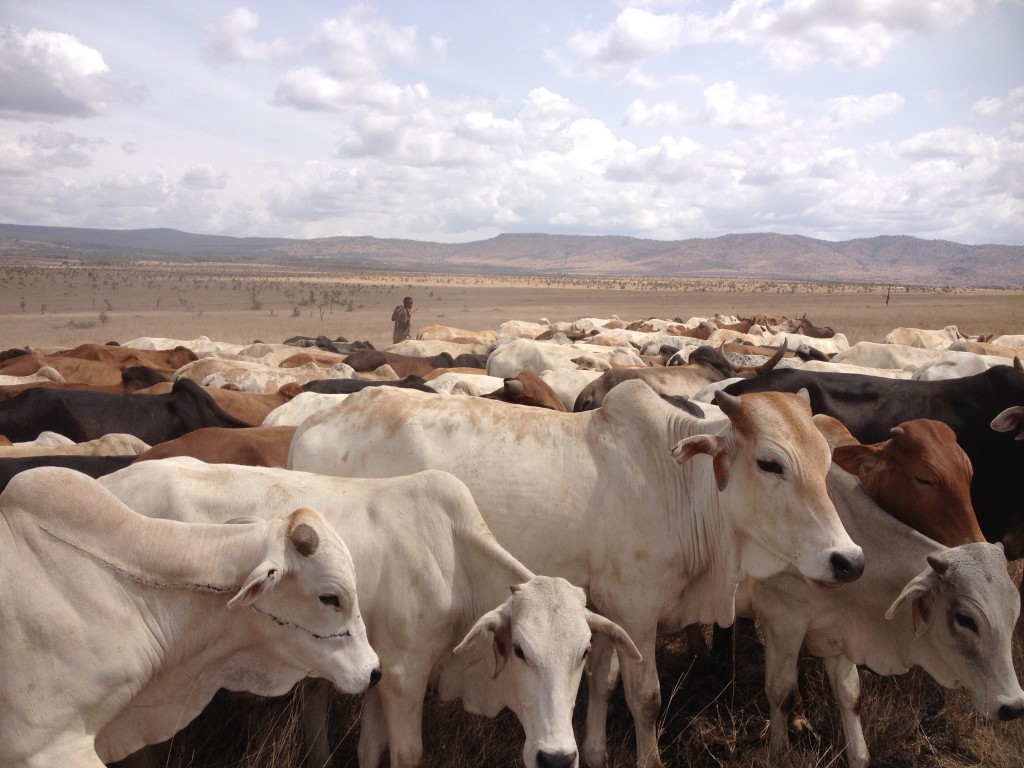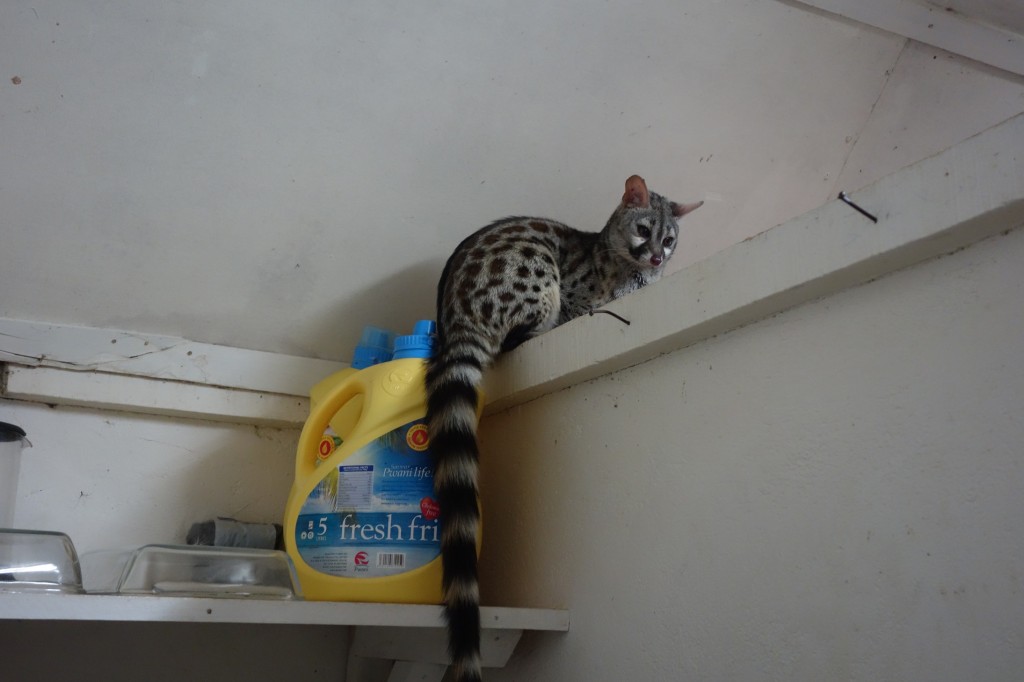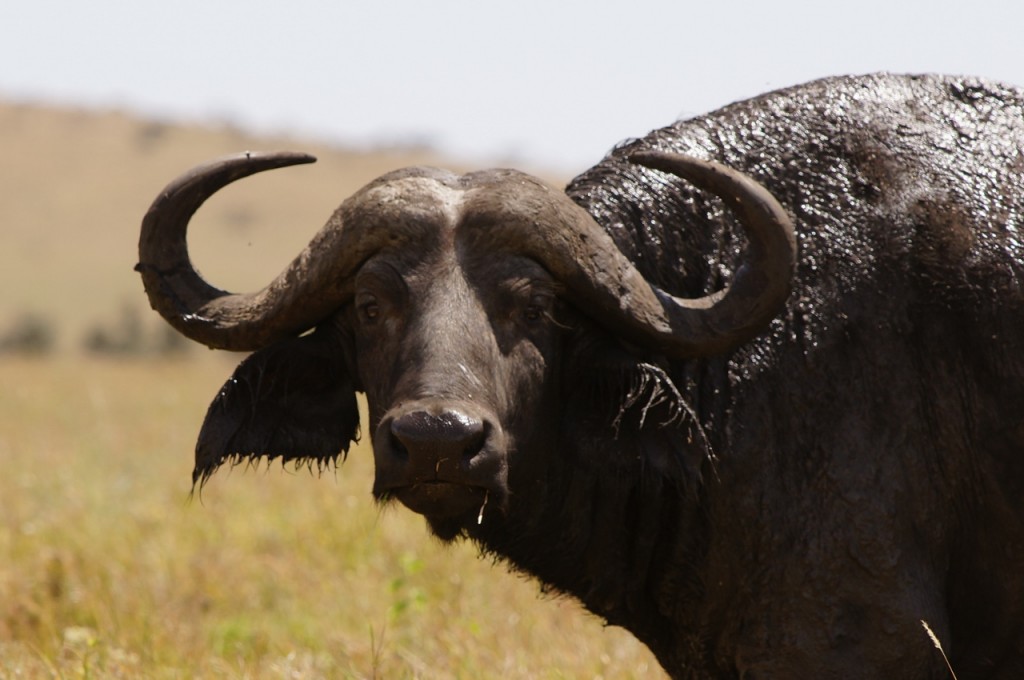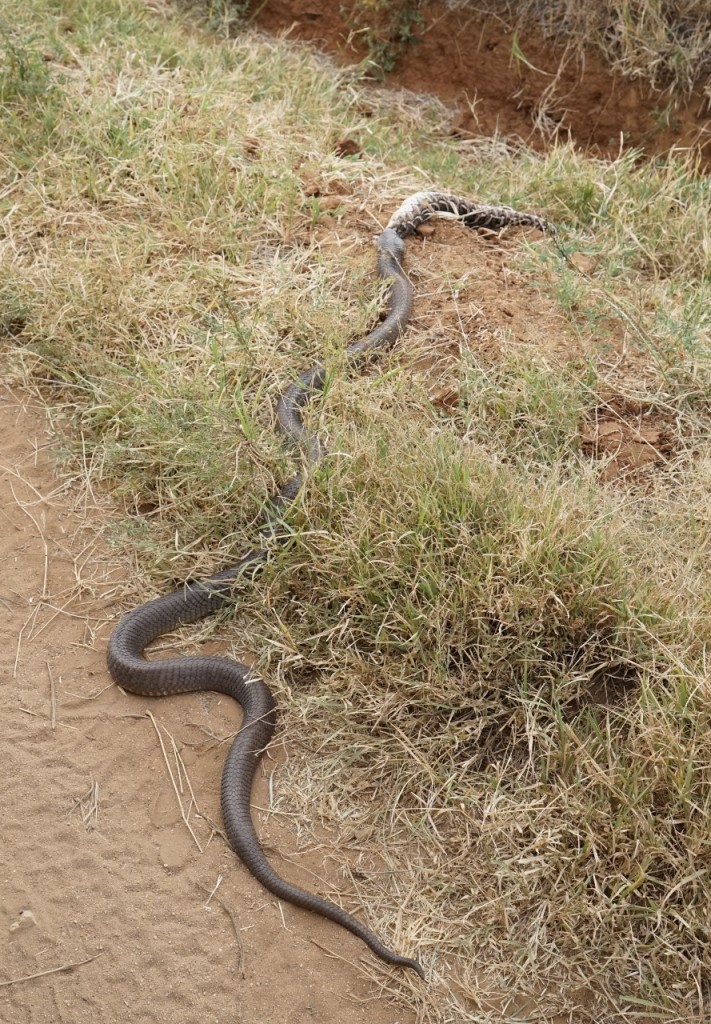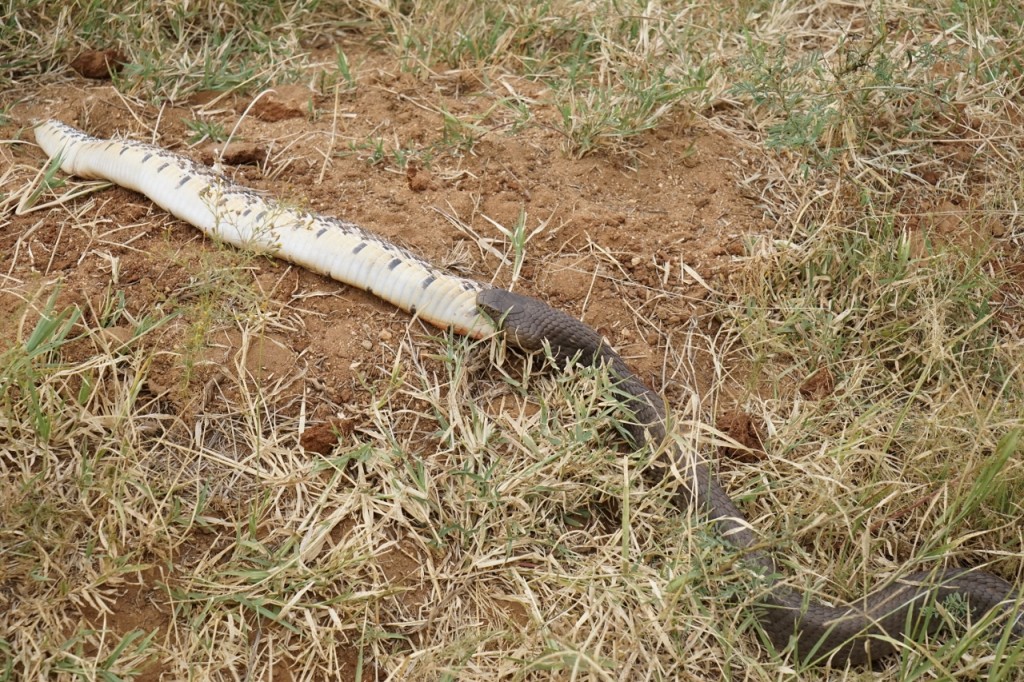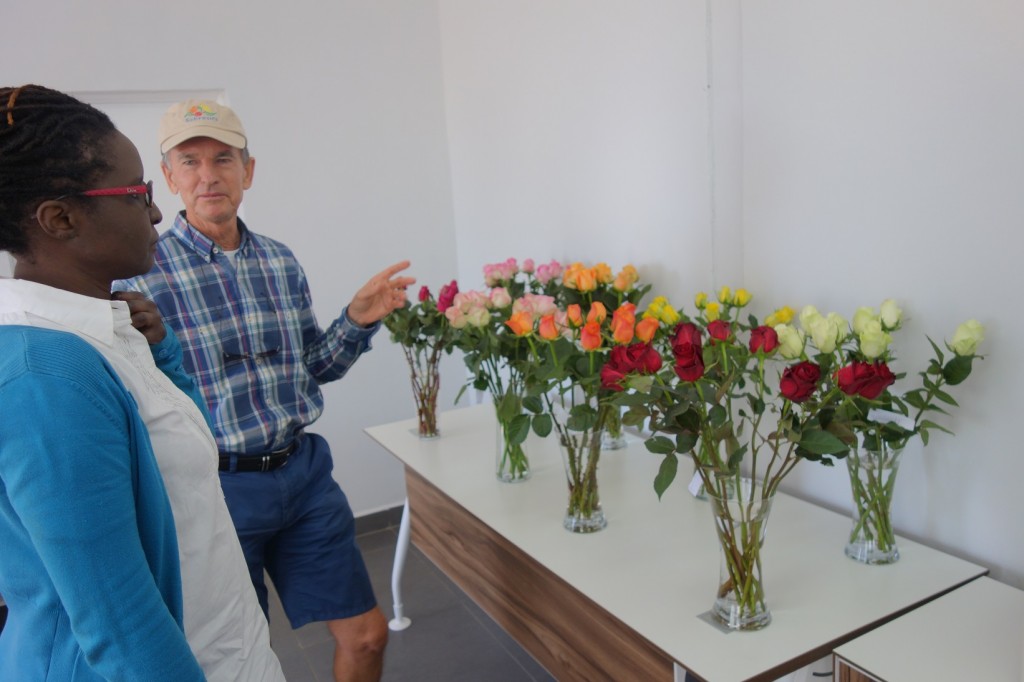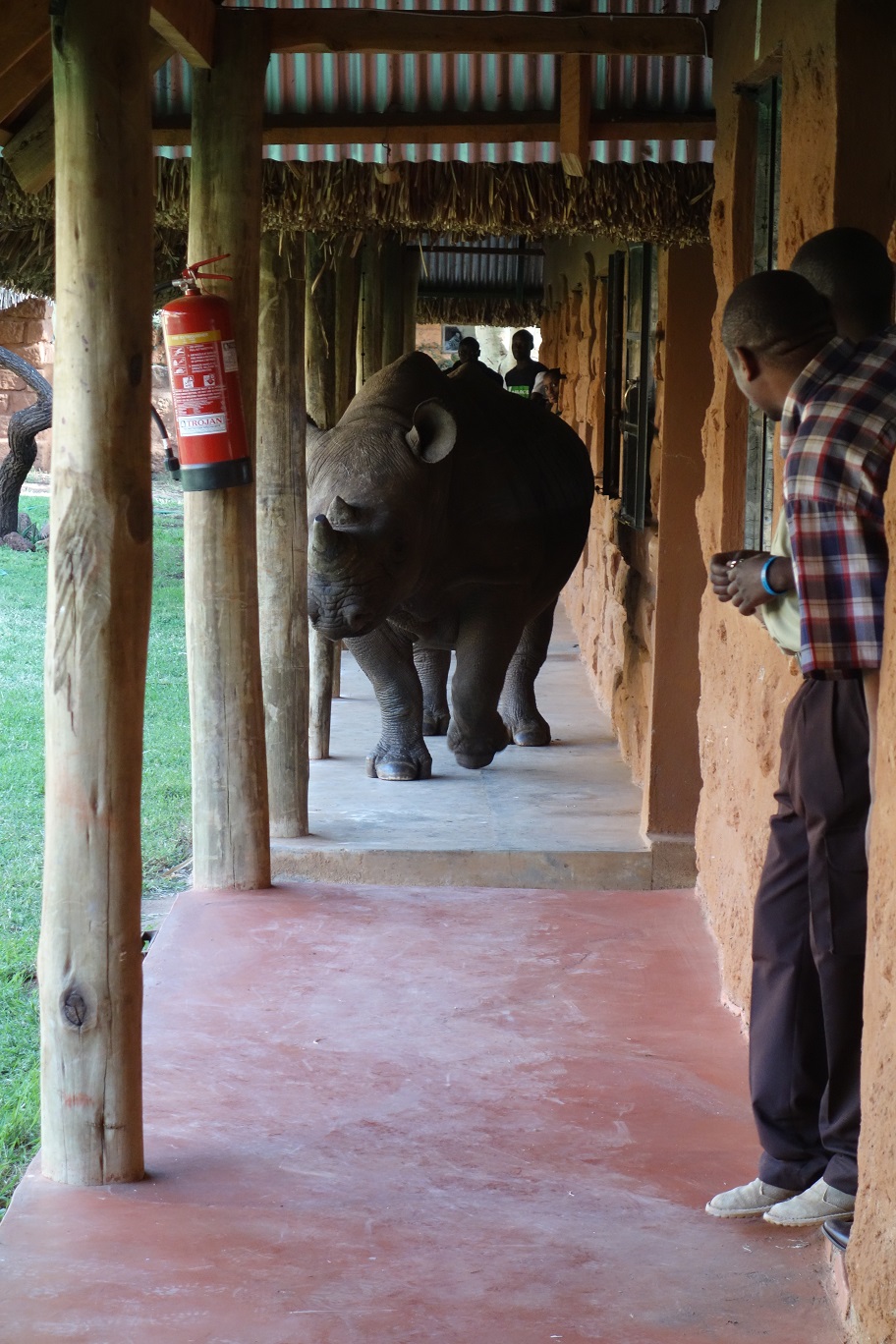By Marion Usselman
Pam and I arrived on August 4th for a twelve day visit to Lewa. She and I had not planned anything past actually getting here, since that part seemed daunting enough and we’re both perfectly capable of happily hanging out and going with the flow. Anne, being now the veteran of many visits by friends and family and also being Anne, had a substantial list of possible activities planned. One was a trip to “the Bead Market”.
I knew about the beaded products created by the local pastoral women and had ordered a bunch of coasters and Christmas tree ornaments from Anne last fall. And since I religiously read the Ten Centuries blog, I knew about the labor disputes in the spring and had seen plenty of pictures of the traditional Masaai and Samburu women. By the time of this outing, we had also experienced a number of different Kenyan marketplaces. We had driven though the Kenyan countryside buying fruits and potatoes from roadside stands…
Continue reading
